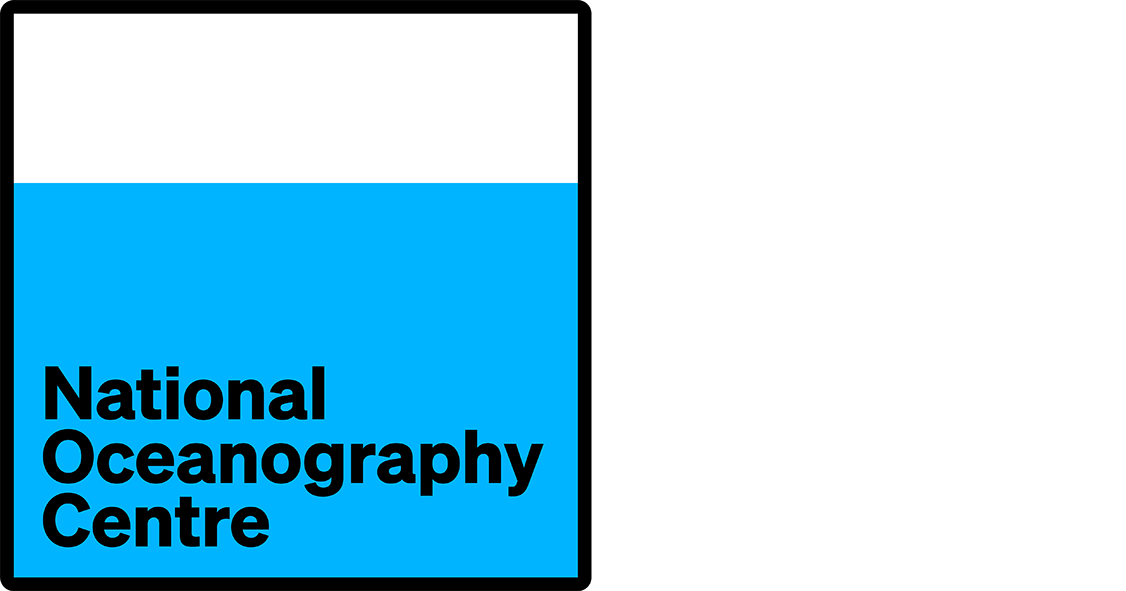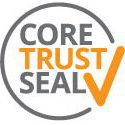- Resources
- Inventories
- Cruise inventory
- Report
- 17228
RRS Discovery DY108 (DY109)
Cruise summary report
| Cruise Info. | |||||||||||||
| Ship name (ship code) | RRS Discovery (74EQ) | ||||||||||||
| Cruise identifier | DY108 (DY109) | ||||||||||||
| Cruise period | 2019-09-06 — 2019-10-02 | ||||||||||||
| Status | Completed | ||||||||||||
| Port of departure | Southampton, United Kingdom | ||||||||||||
| Port of return | Southampton, United Kingdom | ||||||||||||
| Purpose | Research | ||||||||||||
| Objectives | The cruise discussed in this document is a combination of three expeditions with largely related aims:
the CLASS programme, (Climate Linked Atlantic Sector Science) NERC's Long-Term Single Sector programme for marine research. The project aims to increase our understanding of how the ocean will evolve under a changing climate and increased human exploitation, with the objective to support sustainable marine management. More specifically, the work during DY108-109 consisted of the re-survey of the Darwin Mounds Marine Protected Area, The Darwin Mounds are small (~75m across, max 5 m high) cold-water coral mounds that were protected from bottom contact fisheries in 2003. The mounds were initially discovered in 1998, and further surveys took place in 2000 and 2011. The aim of the expedition was to identify and quantify any potential changes to the habitats and benthic communities in the area over the last 20 years. On our way out to the Darwin Mounds, we also aimed to pick up a lander from the Scottish Association for Marine Science (SAMS), and deploy a replacement system. This work is also part of the CLASS programme, and fits into the long-term oceanographic monitoring of the so-called "Ellet Line". Unfortunately neither the pick-up or deployment were successful. BioCAM: This cruise demonstrated technology currently being developed under the NERC OCEANIDS program (BioCam NE/P020887/1: 2017~2021) to generate wide area (~100ha) 3D visual reconstructions (imagery and seafloor topography) from which the distribution of live coral can be determined. The survey was performed using the Autonomous Underwater Vehicle (AUV) Autosub6000 equipped with the 3D visual mapping instrument "SeaXerocks 4" (NE/P020887/1). This takes downward looking stereo imagery and laser bathymetry of the seafloor from an altitude of ~6m. Two full coverage mosaics of ~25ha were collected during this expedition. BLT-Recipes project: BLT Recipes seeks to test an emergent new paradigm of ocean mixing, whereby deep-ocean upwelling is primarily driven by bottom boundary layer turbulence instead of by breaking internal waves in the ocean interior - as has been held over the last four decades. The deep-ocean basin in which the experiment will be conducted is the Rockall Trough (RT), in the Northeast Atlantic. The sea-going activities for this project are mainly planned from summer 2020 onwards, but during DY108-109 two 24h yoyo CTD deployments were carried out to provide important background information for cruise planning. | ||||||||||||
| Chief scientist | Blair Thornton (Southampton Marine and Maritime Institute), Veerle A Huvenne (National Oceanography Centre, Southampton) | ||||||||||||
| Project | Climate-Linked Atlantic Sector Science (CLASS); BioCam; Boundarly Layer Turbulence & Abyssal Recipes | ||||||||||||
| Cruise report | |||||||||||||
| Ocean/sea areas | |||||||||||||
| General | North East Atlantic Ocean (limit 40W) | ||||||||||||
| Specific | Northern Rockall Trough (Darwin Mounds MPA). Rockall margin. | ||||||||||||
| Track charts | |||||||||||||
| Measurements | |||||||||||||
| Physical oceanography | |||||||||||||
| CTD stations | Quantity: number of profiles = 42 Description: CTD | ||||||||||||
| CTD stations | Quantity: number of profiles = 6 Description: CTD | ||||||||||||
| Geology and geophysics | |||||||||||||
| Core - soft bottom | Quantity: number of cores = 21 Description: Boxcores sieved for macrofauna analysis | ||||||||||||
| Bottom photography | Quantity: number of dives = 4 Description: Autosub6000 missions for photography | ||||||||||||
| Bottom photography | Quantity: number of dives = 13 Description: HyBIS video tows | ||||||||||||
| Geophysical measurements made at depth | Quantity: number of dives = 2 Description: Autosub6000 missions for sidescan sonar mapping | ||||||||||||
| Single-beam echosounding | Quantity: track kilometres = 250 Description: Sub-bottom profiler data | ||||||||||||
| Multi-beam echosounding | Quantity: survey square kilometres = 1650 Description: EM122 multibeam data | ||||||||||||
| Moorings, landers, buoys | |||||||||||||
| Physical oceanography | |||||||||||||
| Current profiler (eg ADCP) | 57° 5' 50" N 9° 20' 6" W — Seabed lander with upward-looking ADCP. Inspected on seafloor, was damaged, left in place | ||||||||||||
| Other physical oceanographic measurements | 59° 51' 40" N 7° 2' 38" W — Short mooring array, ~80m tall, with 2 microcat CTDs, sediment trap, and downward-looking ADCP | ||||||||||||
| Biology and fisheries | |||||||||||||
| Other biological/fisheries measurement | 59° 50' 56" N 7° 3' 32" W — Short marker mooring, 4.5m tall, steel plate, rope, floatation sphere. Recovered from seabed to study biological colonisation (was deployed by science party for this reason in 2011) | ||||||||||||
| Other biological/fisheries measurement | 59° 48' 52" N 7° 21' 33" W — Short marker mooring, 3.5m tall, steel plate, rope, floatation sphere. Recovered from seabed to study biological colonisation (was deployed by science party for this reason in 2011) | ||||||||||||
| Data held at BODC | Get data | ||||||||||||
| Series/Profiles | |||||||||||||
| 2 Moored CTD | Reference numbers Moored instrument depth Date and time Salinity of the water column Temperature of the water column Electrical conductivity of the water column Reference numbers Moored instrument depth Date and time Salinity of the water column Temperature of the water column Electrical conductivity of the water column
| ||||||||||||
| 1 Multi-beam echosounder | Reference numbers Horizontal spatial co-ordinates Bathymetry and Elevation
| ||||||||||||
| Discrete samples | |||||||||||||
| 1 Instrument mooring |


